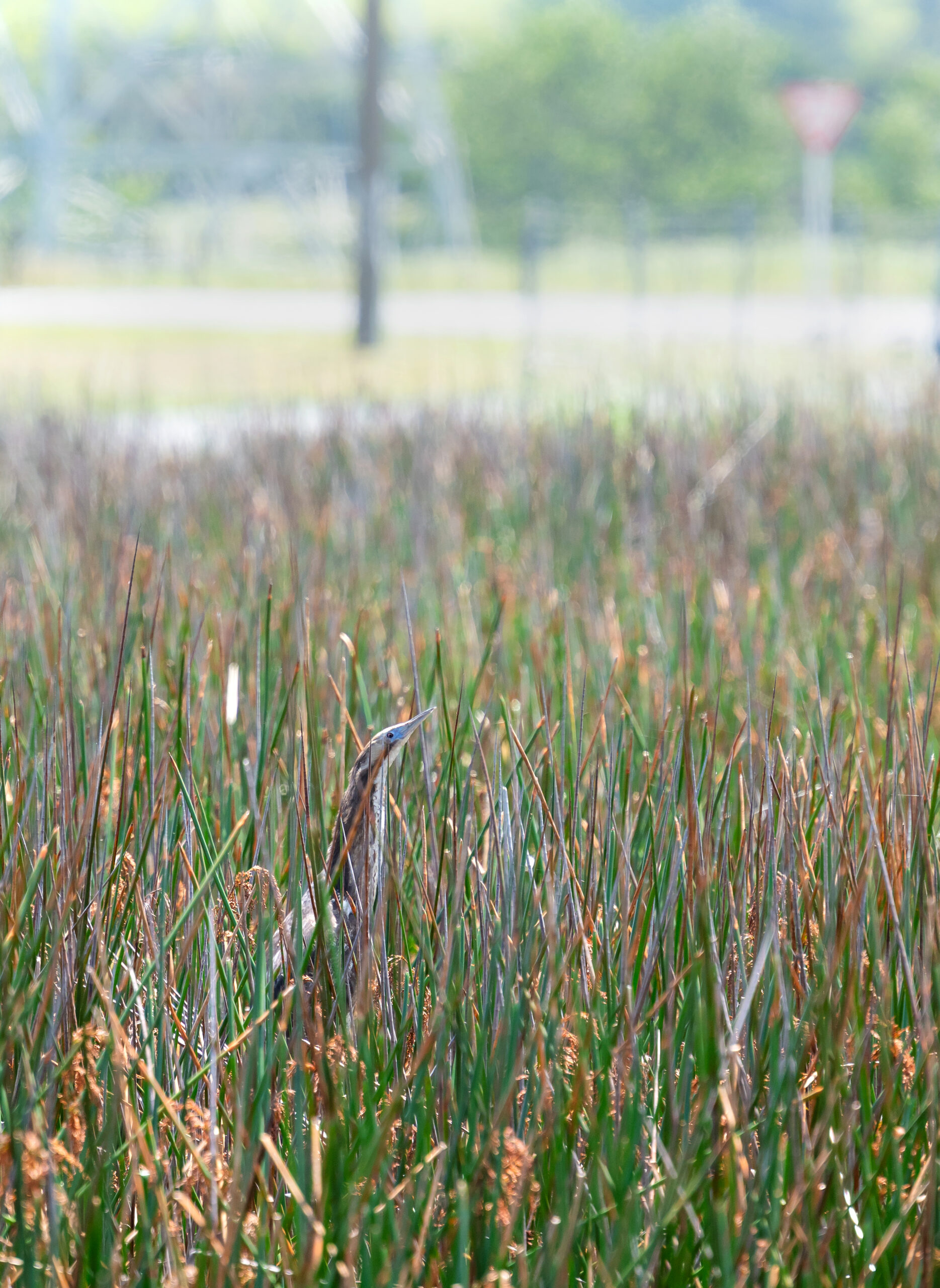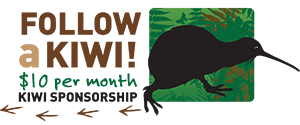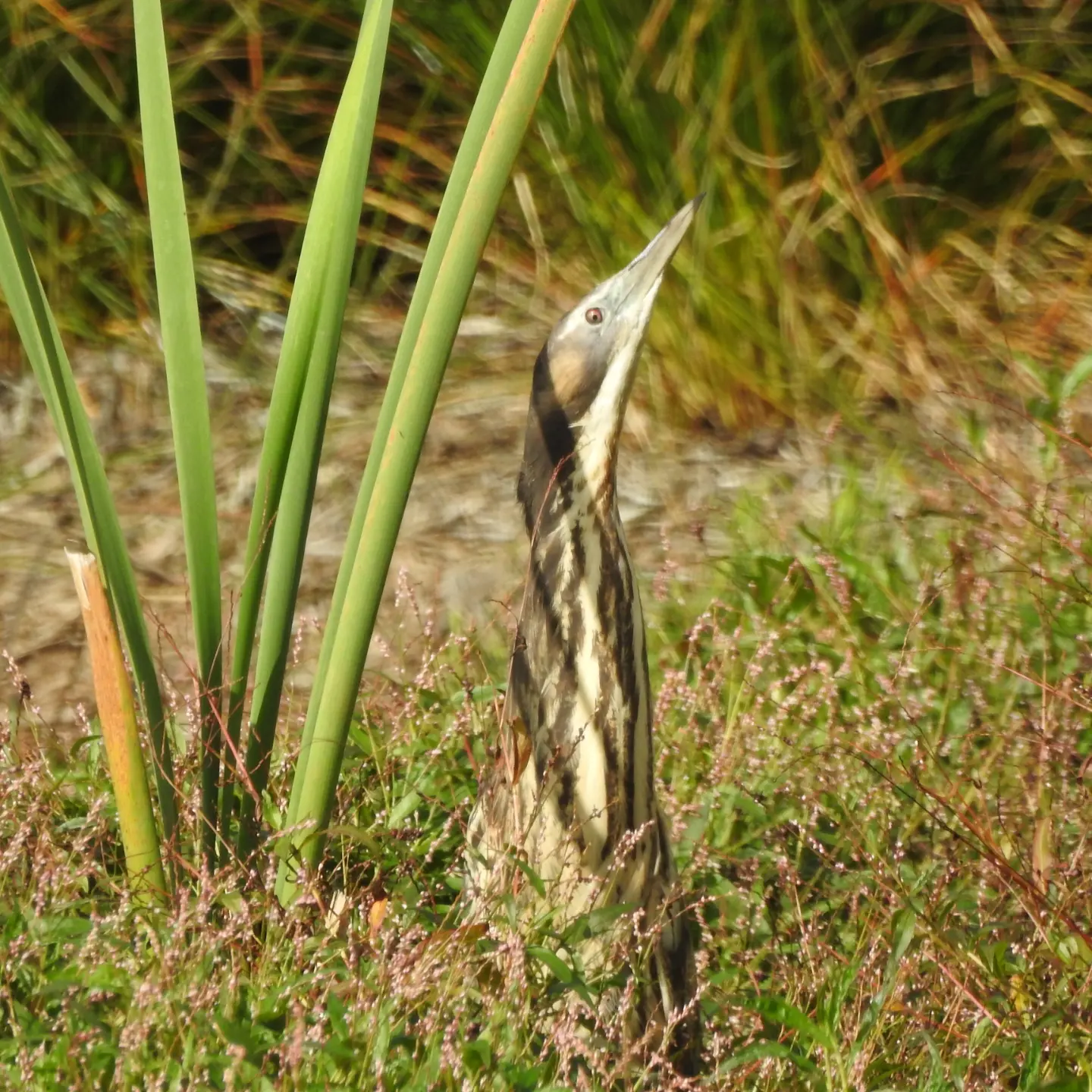The Australasian bittern (Botaurus poiciloptilus), also known as matuku hūrepo, is a large wetland bird belonging to the Heron group. A secretive bird with a distinctive booming call, it is more often heard than seen. Australasian bitterns are endangered in both Australia and New Zealand.
The endemic New Zealand bittern is thought to be extinct and was last seen in 1890s. It possibly lived in the South Island only and was called the little bittern or kaoriki even though it was up to 38cm long. It inhabited the wooded margins of lagoons and creeks.
The bittern present today is the Australasian bittern which is found in New Zealand, Southern Australia and New Caledonia. In New Zealand, bittern have a threatened status of ‘Nationally Critical – it is thought that there are less than 900 birds left. In Australia they number less than 1000 and New Caledonia less than 50 – just because they occur in other counties does not mean they are less threatened with extinction.
The bittern or matuku is a cryptic species, rarely seen and rarely heard.
They live in shallow, densely vegetated wetlands and have been seen at the wetland edges, in drains, flooded paddocks and on roadsides. Their habitat is generally inaccessible and this together with their secretive behavior and well camouflaged plumage means few have been spotted. When startled they freeze with their bill pointing to the sky which makes them very difficult to distinguish from the surrounding raupo.
Australasian bitterns are large stocky herons up to 74cm long and males can weigh 1400gm and females 900gm. They have a thick neck, heavy yellow bill, short yellow legs and beige-brown plumage.
Breeding occurs from June to February and this is when the males can be heard ‘booming’ like a foghorn in the evenings or on dull days. The female makes a platform nest out of reeds 20-30cm above the waterline. Three to five eggs are laid from August to December and these are incubated for around 25 days. Nestlings are found September to February and are in the nest for 7 weeks. Fledging occurs November to May. Only the female rears the young.
Bitterns feed on fish (including eels), small birds, mice, frogs, lizards, koura, molluscs and insects.

A matuku displaying their exceptional camouflage skills at Ruakaka. Photo: Kieran Pullman, QEII National Trust
Unfortunately bittern numbers are low and decreasing. This is mostly due to decreasing habitat (90% of wetland habitat has been drained or water used elsewhere), but predation by mustelids, cats and dogs and poor water quality has meant food is scarce too. Nest disturbance by humans and road and power line kills are also causes of bittern numbers declining.
A new ‘Matuku Mahi’ initiative is now gearing up across Northland involving Kiwi Coast, the Department of Conservation, Northland Regional Council, Fish & Game and the QEII National Trust. The aim is to work together to find out how many bittern we have left and what we can do to help boost their numbers back to a healthy and robust population.
How to help bring back bittern from the brink!
Bittern like shallow water with plenty of reed or rush-like vegetation. They need permanently wet areas they can feed in year – round and good, safe places free from animal pests and predators to nest and raise their young.
You can help by:
- Creating and restoring wetlands within your local area. Bittern / Matuku have lost 90% of their habitat and the remaining 10% is degraded and under threat.
- Fencing off existing wetlands and waterways to provide permanently wet areas and a good food supply year round
- Encouraging native wetland plants like rāupo and reeds (Juncus species), and planting a buffer around the edges of ponds, wetlands and streams.
- Controlling predators in and around any sites Bittern / Matuku may visit
- Advocating to protect wetlands and improve the quality of our waterways
The Northland Regional Council’s Environment Fund can help with the costs of wetland fencing. Find out more here: https://www.nrc.govt.nz/your-council/work-with-us/funding-and-awards/for-landowners/environment-fund/
Find out more about bittern / matuku hūrepo – download Kiwi Coast’s fun factsheet here
 Get involved!
Get involved!
- Report bittern sightings, calls and known regular bittern locations either via the NRC dedicated Bittern Encounter Form or iNaturalist
- Take part in the September – November 2024 Northland Matuku Counts.
Kiwi Coast is working with other organisations as part of the Northland ‘Matuku Mahi’ project to find out more about bittern presence across the region as a first step to helping them thrive again. Download the 2023 survey report here.

